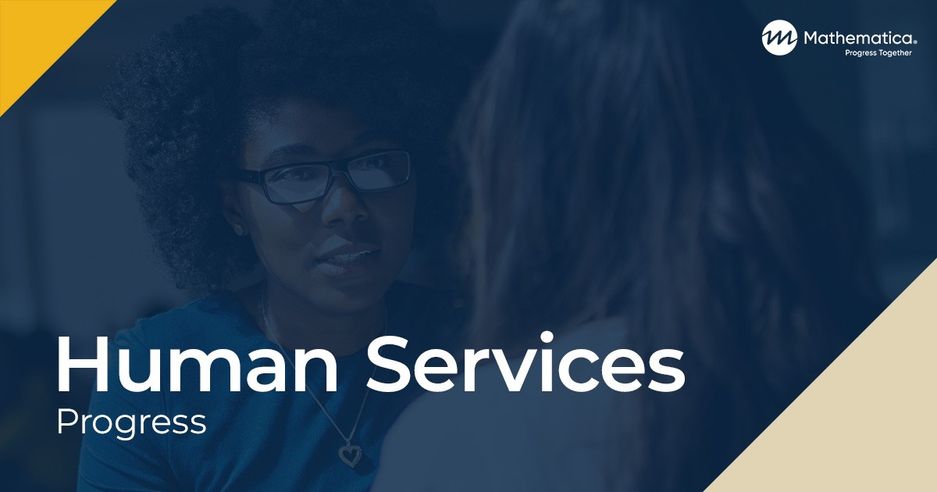Youth At-Risk of Homelessness: Design for an Implementation Study of "Pathways to Success"
Download
Associated Project
Building Program Capacity to Support Youth at Risk of Homelessness (YARH): Phases I-III
Prepared for:
U.S. Department of Health and Human Services, Administration for Children and Families, Office of Planning, Research, and Evaluation
Clients

Key Findings
- Conceptual framework comprised of two implementation frameworks: We will adapt the Consolidated Framework of Implementation Research to guide clear conceptualization and systematic assessment of the range of contextual factors that facilitate or hinder implementation of the Pathways service model (Damschroder et al. 2009). We will draw from a theoretical model of fidelity to ensure comprehensive measurement of the various dimensions of fidelity and for the multiple of Pathways components (Carroll et al. 2007).
- Sample of six Pathways and six comparison sites: We will document business-as-usual service provision by a Chafee worker for comparison with service provision by Pathways.
- Two rounds of in-depth qualitative data collection to assess facilitators of and barriers to initial implementation and full implementation: We will conduct two rounds of site visits to each site in the implementation study sample. During these site visits, we will speak with a range of stakeholders involved in Pathways services and comparison services. The site visits will occur approximately 4 to 6 months after enrollment begins and 18 to 20 months after enrollment begins. After each site visit, we will conduct “check-ins” by telephone with leadership in counties delivering Pathways services and leadership in counties delivering comparison services. The goal of the telephone check-ins is to collect current information about service delivery in Pathways and comparison sites, in particular, any changes to services available to youth and young adults eligible for the study.
- Program administrative data to examine fidelity to the Pathways service model: We will collect and analyze program administrative data to assess patterns of service delivery and describe the extent to which Pathways services are delivered with fidelity.
The Pathways implementation study will address two broad objectives. First, it will support interpretation of Pathway’s impacts on outcomes. Second, it will generate information about factors that contributed to or inhibited implementation of Pathways services in different settings, to support replication or improvement of future Pathways service delivery. The study is guided by research questions and conceptual frameworks to assess different dimensions of Pathways implementation. These frameworks will support analysis of factors that facilitate or hinder Pathways implementation in different settings and the extent to which the intervention is delivered with fidelity to the service model.
How do you apply evidence?
Take our quick four-question survey to help us curate evidence and insights that serve you.
Take our survey
